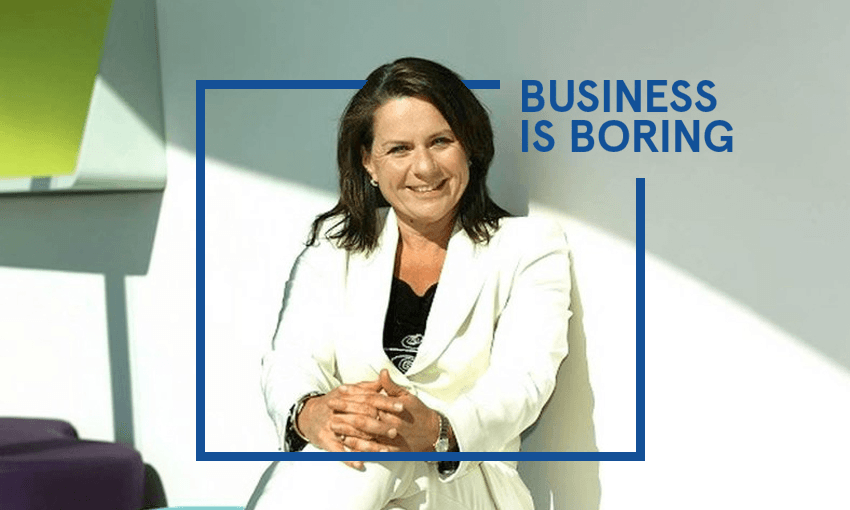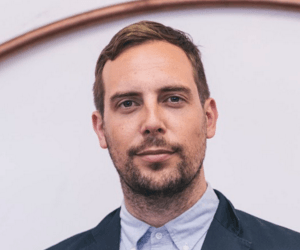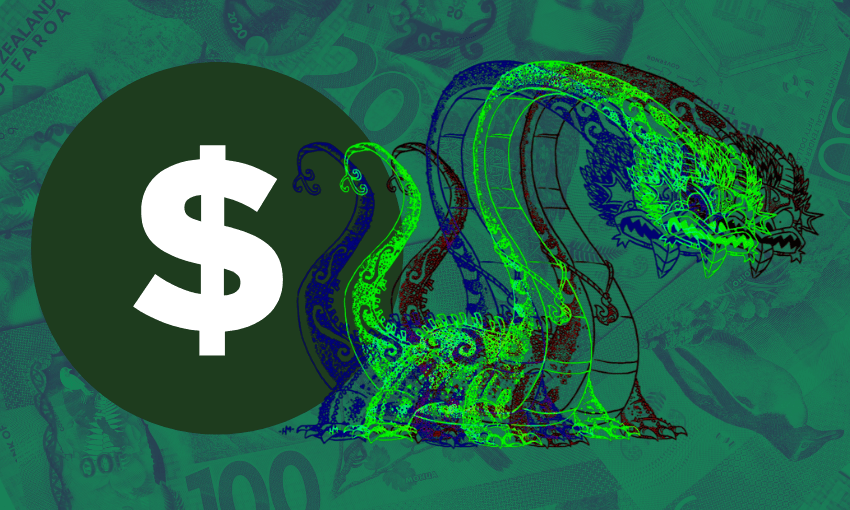Savers around the country let out a collective ‘shit!’ this week as KiwiSaver balances took a plunge across the board. What happened, and is this the end of your retirement dream? Reddit user /u/Muter explains.
My money is disappearing? What happened to it!
Before getting into this, it’s important to understand KiwiSaver and the investment approach
What is KiwiSaver?
Well, hopefully you know that KiwiSaver is a retirement scheme. But what you might now know is that it’s not a government scheme.
The money is collected by the Inland Revenue Department (IRD) and then passed onto the provider of your choice. What this means is the government has absolutely no access to your money. It is yours. The government has the ability to change criteria, such as required employer contributions, reasons to access funds, and age of entitlement. But in the end, the money is yours and will always be yours.
If you’ve not chosen a provider, a default provider will be selected for you by the IRD and you will be in a conservative fund. (More explanation on this to come).
The default providers are:
- AMP Services (NZ) Limited
- ANZ New Zealand Investments Limited
- ASB Group Investments Limited
- Booster Investment Management Limited
- BNZ Investment Services Limited
- Fisher Funds Management Limited
- Kiwi Wealth Limited
- Mercer (NZ) Limited
- Westpac New Zealand Ltd.
If you’ve chosen a provider they will contribute the money into an investment portfolio which matches the strategy you’ve advised them of: Conservative, Moderate, Growth, Aggressive.
So what this means is that if you’re contributing to KiwiSaver, then you are an investor and you might not even know it!
Your employer is required by law to match you up to 3% of your wages/salary towards KiwiSaver. This means that if you chose to contribute 3% of your annual salary towards KiwiSaver, your employer MUST do the same. You can contribute more via regular contributions, 4 or 8%, but your employer is only mandated by law to contribute 3%. Some companies choose to match higher than 3% even if they aren’t required to.
Every year, the government will pay 50 cents for every dollar of member contribution annually up to a maximum payment of $521.43. This means that if you contribute at least $1,042.86 in a year the government will give you $521.43. This $521.43 will be paid directly into your KiwiSaver fund.
More information can be found on the Member Tax Credit here.
This is one of the main benefits of KiwiSaver, as it increases your investment fund, where you would otherwise be missing out on that. If you can afford to, you should invest enough to maximise this tax credit. If all you do is contribute $1042.86 you’re instantly getting a 50% return on your investment. You will struggle to find this return anywhere else.
So why am I losing money?
Relax, I’ll get there in a second
When can I access my KiwiSaver funds?
KiwiSaver is designed as a retirement fund.
As the population grows and lifespans increase, continuing to pay government superannuation to everyone over 65 gets harder and harder.
National superannuation, or the pension, is already a large expense for the country and recent elections have seen it become a source of debate – whether we raise age of entitlement, whether super should be means tested, etc. I’m a 34 year old and since I graduated, most people I have spoken to about long term investments have suggested that I should never count on government superannuation for my retirement. It may not be there when I retire.
So KiwiSaver is your own retirement fund, and it can be withdrawn when you turn 65.
There are other ways to access KiwiSaver before age 65 though.
-
First home purchase
-
Financial hardship
-
Serious illness
-
Permanently moving overseas
For more information on accessing KiwiSaver funds early head here.
BUT MY MONEY?
Almost there.
Types of KiwiSaver funds
Typically there are 5 different types of funds, each with their own benefits and risks. The types of funds are:
-
Defensive – Mostly bank deposits and other fixed interest investments
-
Conservative – A high proportion in bank deposits and fixed interest investments, and a lower proportion in growth assets such as shares and property
-
Balanced or Moderate – A more equal split between higher risk growth assets such as shares and property, and more stable investments including fixed interest and bank deposits
-
Growth – A high proportion of shares and property with a lower level of bank deposits and fixed interest
-
Aggressive – Mainly shares
It’s important that you match your risk profile to the correct fund. As risk increases, the potential returns also increase. However this does mean that volatility increases too. The higher the risk, the more the fund may increase and DECREASE.
As a young investor who will have their money locked away for many years, it’s likely that you can afford to be in a higher risk fund. This means you can ride out any short to medium term volatility.
A person looking to access their funds for first home withdrawal or getting near retirement may want to make sure their funds don’t have that short term dip, because they will want them soon. It does mean that some potential gains may be lost, but ensuring you have locked those funds away for when you need them is the reason for this fund.
BUT MUH MONEY?
Okay okay okay, here we go.
As I spoke about above, market volatility plays a big part on the investment returns. The higher the risk category you are in, the greater volatility you will see.
Some examples of volatility include the 2008 GFC. The stock market TANKED in a big way. Funnily enough this was about when KiwiSaver was first launched. As a result conservative funds were out-performing aggressive and growth funds, and it really confused a lot of people.
Since 2008 though, higher risk funds have seen one of the longest and biggest increases in market history. Many funds were seeing growth of more than 12% for well over five years straight, while conservative funds were seeing growth of less than half of that, simply because they were locked away in lower risk investments. (See above).
There have been a few periods since 2008 that have seen a blip in investments. Greece government debt crisis, 2015/2016 Chinese stockmarket turbulence. Even Donald Trump’s election caused a short term blip on US shares.
But those people who could afford to be in aggressive shares through this period have seen amazing growth on their funds. It’s a matter of waiting it out if you can.
If you can’t, you should be looking at your risk profile. Do you need access to your money in the next few years? Perhaps an aggressive approach isn’t for you. What would happen if another GFC hit? Could you afford to wait 10 years to recover all those losses?
As it’s been a long time since we’ve seen such volatility in the markets a lot of people who are new to KiwiSaver haven’t experienced it. All they’ve known is money in, investment good, money goes up. Whereas in reality money can go down too.
So what do I do?
Absolutely nothing. Don’t panic. Currently you’re buying funds at a cheaper price than you were a month ago. This is a good thing for long term gains. It’s called Dollar Cost Averaging. Keep contributing, and when the market corrects itself, consider these funds that are purchased cheaply as a Briscoes discount sale.
If you pull your money into a conservative fund now after seeing the price dropping, you lock in these losses. This is how people lose money.
But it is important to make sure you are in the correct portfolio for your risk appetite. Not everyone feels comfortable seeing a 10% drop. If that freaks you out and you are likely to move funds, then you shouldn’t be in a high risk fund. The same could be said if you need to access the funds soon.
What will happen in the future?
Your guess is as good as mine. I don’t know if tomorrow the funds will increase, or decrease. The market is unpredictable. If you want predictable returns, go for a cash fund. It returns you about the rate of inflation from term deposits from the bank. Just don’t expect a lot when you retire. Otherwise just take a big breath and continue to contribute to KiwiSaver and reap the rewards from the member tax credit / dollar cost averaging and wait out any short or medium term losses. In 40 years this correction will be a distant memory.
This post first appeared on the New Zealand subreddit. It is republished with permission.






